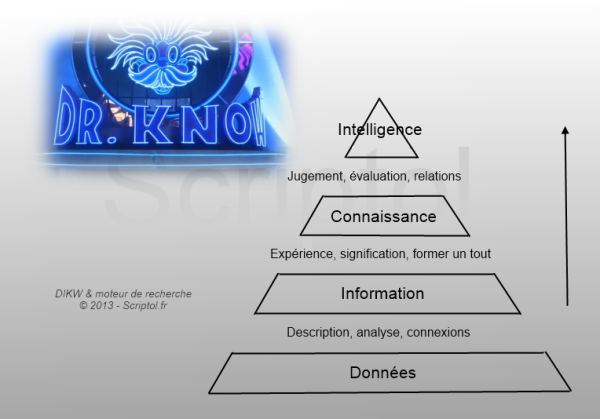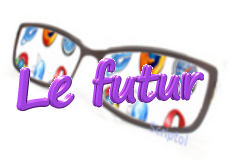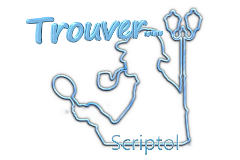DIKW, the pyramid that inspires the future of searchers
The secret of the pyramid is not a film, but an idea that guides the goal of online search.
This was revealed by the head of the Google search service in this video. It is based on the pyramid of DIKW, Data, Information, Knowledge and Wisdom, in French: Data, Information, Knowledge, Intelligence.
She expresses the goal that will be achieved by taking a new step after the knowledge graph. The right side of the results page contains information about the relationships between a keyword and its object .
The next step is that the Internet user also becomes an object for the engine, that the engine knows him well enough to know what kind of answer he should give him. It is necessary that the engine has enough data about the context in which the user is located to give appropriate answers.
The purpose of the pyramid is to formalize how thinking works to move from actual data to the ability to use it at best. Artificial intelligence uses such formalism to represent and use knowledge, and search engines tend to do the same with the goal of making the site smarter. We're getting closer to the future, or we'll be able to consult Dr. Know for an answer to any question, like in Spielberg's "A.I."
The pyramid shows how we transfer such data, how it can be obtained, to intelligence, which is the ability to use it perfectly.
- It all starts with data collection.
- Data becomes information when interacting with them, processing them. For online searches when presented in results in response to queries.
- Information becomes knowledge when you link it and form a single whole. That's what the knowledge graph does.
- Knowledge becomes smart when you know how to use it to make good decisions.
Another interpretation looks much simpler, but it also complements:
- When you add context to the data, it becomes information (knowledge of the Internet user through the engine occurs here, the request that he makes is minimally useful, but I want to know more).
- When you add meaning to information (whether you consider its effect or associate it with the previous one), it becomes knowledge.
- When you add wisdom to knowledge, it becomes reason.
In addition, in five steps, it is possible to describe the process of processing data in accordance with the operations carried out by those who process them.
- Data. These are the facts.
- Information. What the description tells us. This is the first interaction with data.
- Knowledge. Conversion into instructions or processes tells us how.
- Understanding. The explanation tells us why.
- Intelligence. Prospective evaluation (consequence research) tells us what is best to do.
So processing is becoming a thing of the past for data retrieval and a thing of the future for decision making. And this is a continuous cyclical process that starts again.
Another interpretation depending on intellectual activity:
- Data is the result of measurements or recordings, text or multimedia.
- Analysis is information.
- Confrontation with experience increases knowledge.
- Judgment gives intelligence .
What does this concern search engines? With the knowledge graph, they have reached the third level, they have knowledge that they can give to Internet users. The next step is to provide intelligence, so point them to the right decisions. Become smart.
One can understand the development that follows the engines to achieve this with a more appropriate final description:
- Data: Collection of elements for motor index determination .
- Establishing links between data: this becomes the issued information for users, which is present in SERPs .
- Building meaningful sets: This is the knowledge graph .
- The connection between these objects is the intelligence that is considered .
So there is an idea of the near future of search engines: they will be able to connect objects with each other and anticipate to answer difficult questions.


